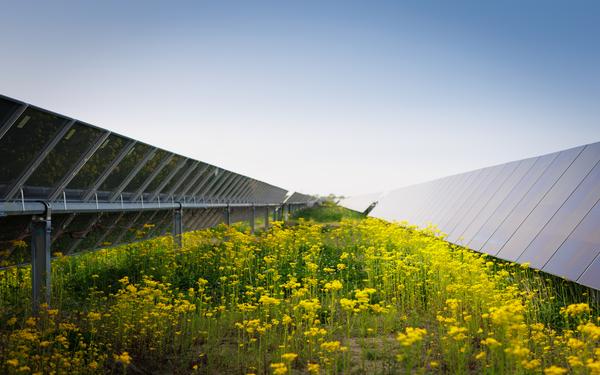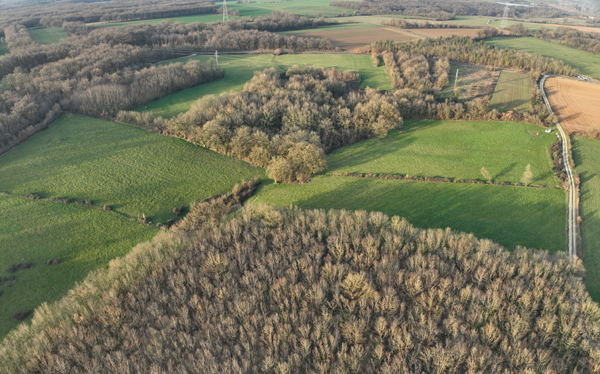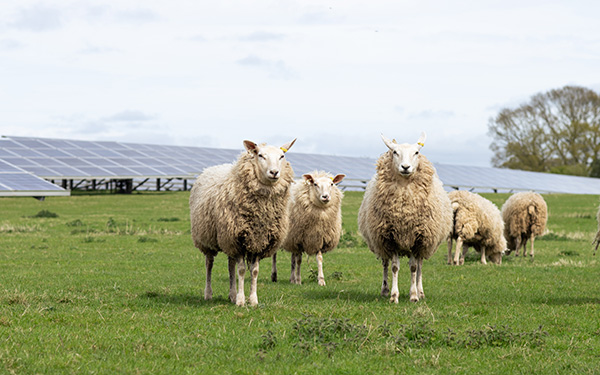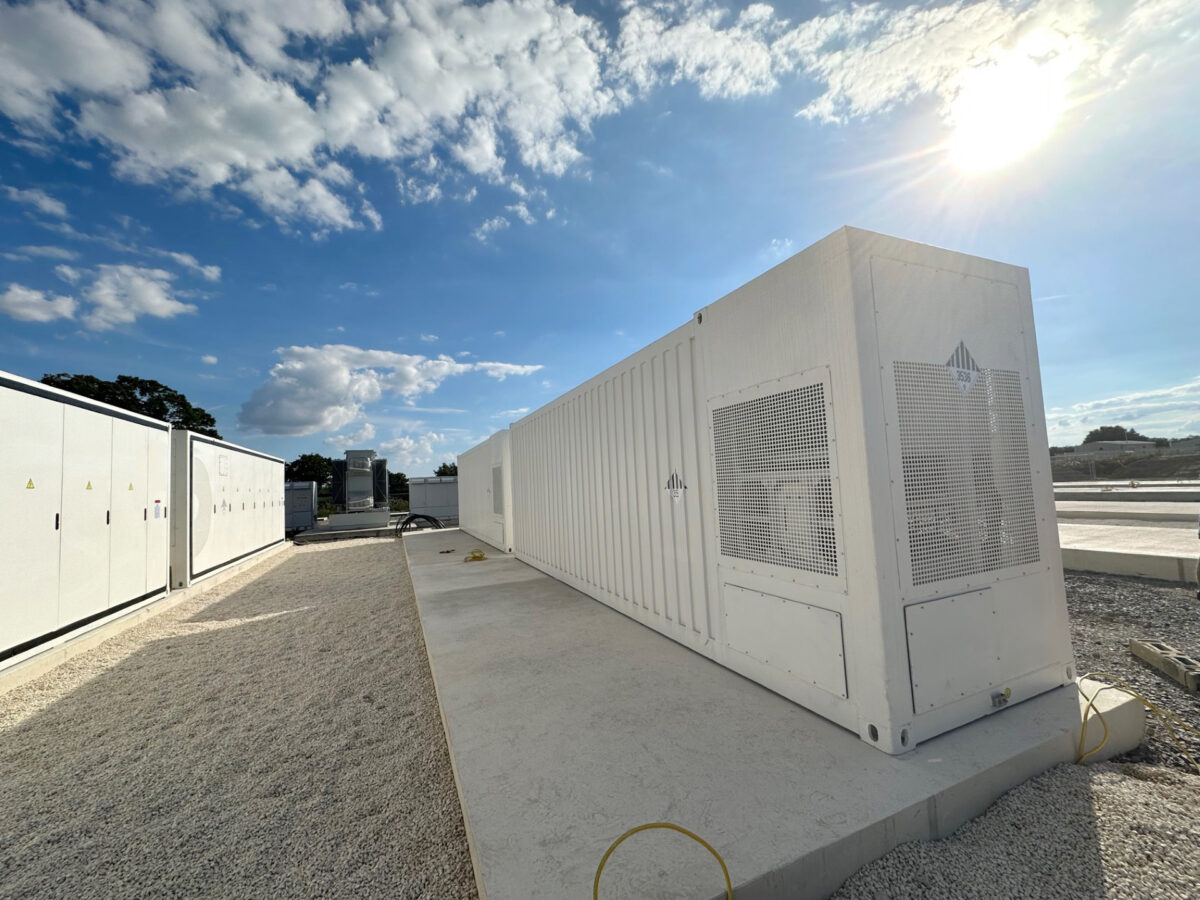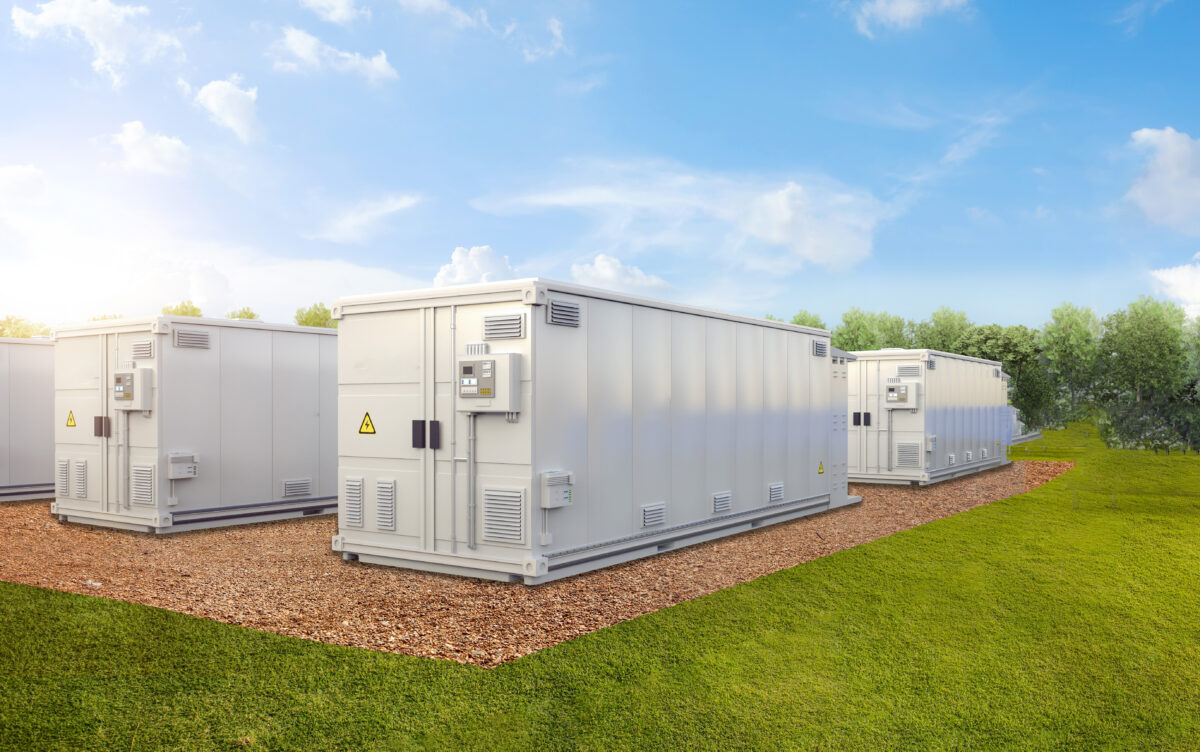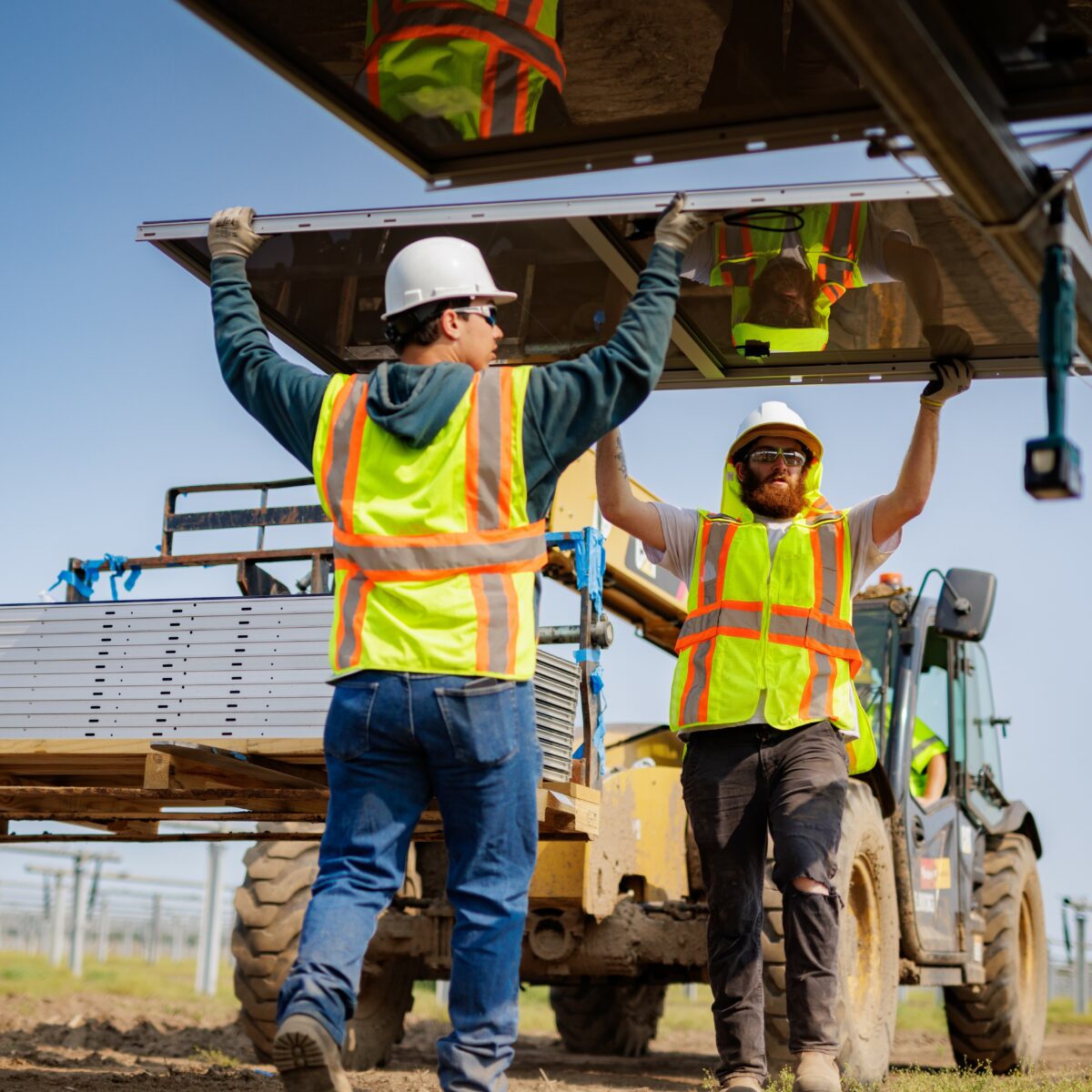Bellflower Solar FAQs
We’ve received lots of interest in our Bellflower solar project, so we’ve put together a list of the most commonly asked questions, and their answers:
How safe is a solar farm?
A solar project is about as safe as a facility can be. There are no air emissions from the solar farm. There are no chemicals. No trucks will be coming and going on a daily basis once construction is complete. The power will leave the solar project on lines just like the power lines in your neighborhood.
What about reflected sunlight?
The more sunlight a solar panel absorbs, the more electricity it can produce. Solar panels are thus designed to absorb light, and only reflect a small amount of the sunlight that hits them as compared to most other everyday objects. For example, solar panels reflect significantly less light than flat water.
Can the land used by a solar farm be redeveloped in the future?
The posts on which the panels are mounted take up a small percentage of the land area, with the majority of the site being undisturbed or revegetated land. At the end of the project the installation will be dismantled, removed and recycled without harming the land – we make sure that the land is restored to its original state.
How will traffic flow be managed?
Once the solar farm is in place it requires very little maintenance and approximately monthly visits in regular cars or 4x4s would cause no traffic disruption. While the solar farm is being constructed, a traffic management plan will be put in place.
How do solar installations affect health?
Solar is a passive technology which doesn’t produce any harmful by-products. In fact, solar energy replaces polluting energy generating by fossil fuels, improving the health of people and the environment they live in. All electrical equipment is designed to NEC code compliant with local jurisdictions and relevant equipment certified to UL.
How are the panels kept clean?
Generally, rainfall helps to keep the panels free of dust and dirt. Several times a year, the panels will be thoroughly cleaned using specialized equipment, to make sure the installation is in the best possible condition.
Who is paying for the installation of the solar system?
Lightsource bp and our project investors will fully fund the project with private capital, an estimated $175 million of private investment into energy infrastructure for Indiana.
Will new transmission lines be run for this project?
No – the parcels selected for the project have access to existing transmission infrastructure, so we do not need to build new transmission lines.
What will the impact be on wildlife?
Studies have confirmed that with proper planning and land management, solar farms can bring about significant increases in wildlife populations and biodiversity. Solar projects planted with pollinator habitat can actually help increase local agricultural yields through increased pollination and other beneficial insect services. Once installation is complete, they are secure sites with little disturbance from humans or machinery for decades.
Can the land be converted back to agricultural land after the life of the solar system?
Yes – land can be reverted back to agricultural uses at the end of the operational life for solar installations. A life of a solar installation is roughly 20-25 years and can provide a recovery period, increasing the value of that land for agriculture in the future. Giving soil rest can also maintain soil quality and contribute to the biodiversity of agricultural land.


